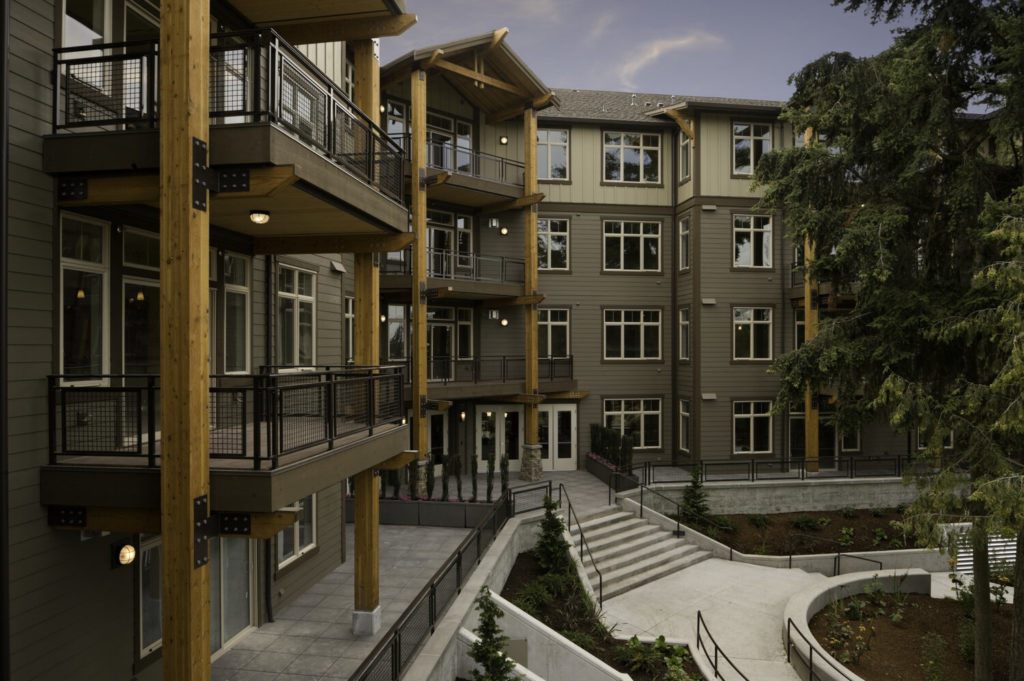While we’re all hoping that 2021 will give us reasons to pop the cork on the champagne, there’s no denying the impact of 2020 on many industries. Multifamily housing is no exception. It’s experienced a change of unique nature because of the spread of COVID-19 and related laws put in effect to protect people from harm.
Multifamily housing property managers have been forced to deal with unpaid rent and the inability to take measures to collect missed payments. They’ve had to change procedures in their buildings due to new sanitary and social distancing standards. The need for people to stay at home has created a demand for new services in the buildings. Let’s explore how trends have changed in 2020 and consider future implications.
Boom or Bust?
In 2019, the multifamily rental market was strong and growing, especially in cities in the Sun Belt such as Dallas, Houston, Miami, Atlanta, and Phoenix. Large cities in those states are growing, filled with millennials who aren’t ready to buy and senior citizens who are downsizing and desiring warm weather. Developers failed to keep up with demand as they scrambled to build, especially upper-scale units.
When COVID hit, demand was stopped in its tracks. People needed bigger rental units to keep shut-in family members together. Some renters moved out of the big cities with the worst COVID rates, most notably New York. Some renters that stayed in the multifamily units failed to pay, and landlords weren’t able to evict. These changes caused nearly half of the multifamily housing development projects to be delayed or canceled.
When the COVID threat has diminished, it’s hard to predict how quickly the multifamily rental market will rebound. We don’t know how long we’ll have to wait. Will renters still want to be close to crowded cities? As renters reexamine their lifestyles, housing demand could be altered long term.
Demand for Amenities and Luxury
What do residents want in their new homes? More people want more amenities both in their space and in the building, and luxury homes are in demand. Many people expect included utilities, in-apartment or in-building laundry, and parking spaces. Now, everyone wants free high-speed internet and internet or cable television service. These demands just touch the surface of today’s wants.
In larger multifamily housing projects, renters look for a gym, a pool, and shared recreation areas. Some look for pet runs or parks, valets, and a small store to buy essentials at the last minute. A restaurant or meal service is becoming popular. They also want luxury touches inside their home.
With the emergence of COVID-19, other desires from residents have changed as well like package lockers, virtual and self-guided tours.
These may become the expected amenities of the future for discriminating residents.
Temporary Change or the Norm?
COVID-19 ushered in a new era of cleanliness, sanitation, and social distancing. Landlords who met previous standards of clean had to up their game to never-before-seen levels, spending money in a time when it’s tricky to raise rent prices. Changes were required in exercise rooms, pool rooms, social areas, and anywhere renters and visitors might congregate. Mailroom procedures and delivery services required new levels of care.
One trend that could gain some traction: Virtual tours for prospective renters. Instituted to eliminate in-person meetings, virtual tours provide convenience to renters. In lieu of virtual tours, some property managers allow prospective tenants to view an open unit on their own. It’s another way of getting the job done that could stick around in the future.
How long will multifamily renters expect these services to continue? How will the landlords keep their businesses afloat with extra expenses and rent collection issues, once the government assistance programs are done? It’s surely something property managers and developers think about often.
Smart Apartments and Workspaces
Smart homes have become popular as a lifestyle convenience and as a status symbol for modern home buyers. Multifamily housing projects would be smart to follow this trend, especially as renters become more demanding and the level of smart technology integration increases. Conveniences to consider include security cameras, keyless entry, and smart thermostats.
The 2020 events have led to more people working from home, some who will continue to work from home partially or fully in the future. This trend includes renters. Work requires workstations, desks, and plenty of USB outlets along with the internet and technology features.
Just as with all the other 2020 COVID-19 period trends, some changes may revert back to the norm in a year or so, but other trends will stay a part of the new multifamily housing universe.

